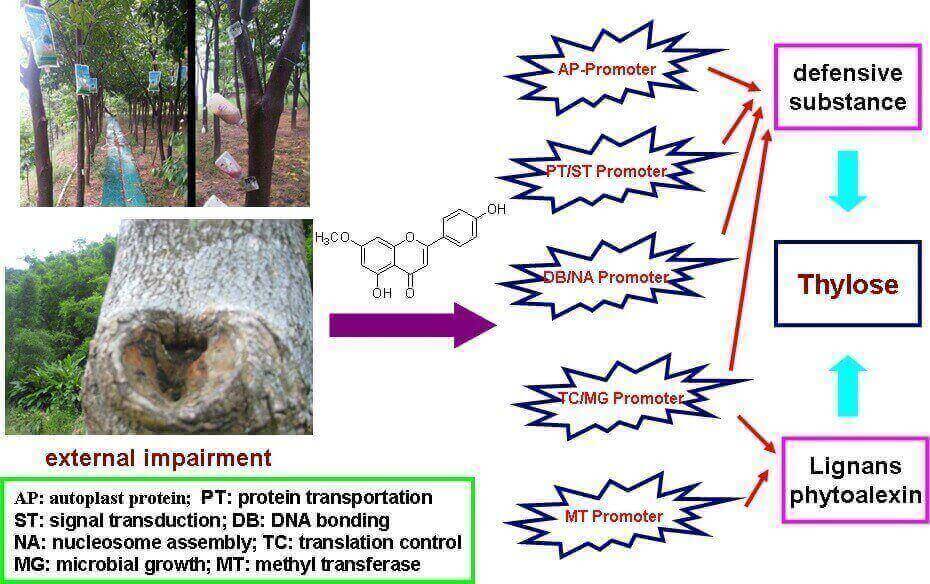
Heru Chen
Jinan University, China
Title: Flavones and flavonoids from wild Aquilaria sinensis leaves: In vitro bioactivities and in vivo regulation against impairment of the plant
Biography
Biography: Heru Chen
Abstract
Aquilaria sinensis is the famous traditional Chinese medicinal plant in Guangdong, south China. The well-known medicinal part is the resin from Aquilaria sinensis, which is the response of the plant against external impairments. Therefore, the formation of resin is an incidental and lengthy process. This makes the resin very scarce and cherish. However, Aquilaria sinensis leaves are abundant and reproducible. The current report focused on the isolation of flavones and flavonoids, the in vitro bioactivities, and in vivo regulation against external impairment of the plant. By applying means of solvent partition and various kinds of column chromatography including silica gel, Sephadex LH-20, C-18 reverse phase HPLC, and HSCCC, on the basis of physical properties and spectra evidences, 12 flavones and flavonoids have been identified. The scavenging effects on nitrite of these compounds were determined. Compound Y1 (mangiferin) and Y2 (2-O-α-L-rhamnopyranosyl-4, 6, 4'-trihydroxybenzo-phenone) were identified as the two most active compounds with scavenging rate 29.43%±0.74% and 24.56%±0.77% at the conditions of pH 3, 37℃, and 30 min duration, respectively. Furthermore, The in vitro cancer cell growth inhibition activities of 12 compounds were evaluated by MTT method, respectively. 7 of them were demonstrated good inhibitory activity against DU145ã€PC-3, and HepG2 cancer cell lines, respectively. It was indicated preliminarily that these compounds may be used as the candidates for developing anti-cancer drug. Most interestingly, as one secondary metabolite, injection of genkwanin with moderate concentration (0.5mM) exhibited significant protective effect against external mechanical and chemical injuries to Aquilaria sinensis plants. Five differential expressed proteins including Armadillo repeat-containing kinesin-like protein-1 (PT/ST promoter) and Tetrathionate response regulatory protein TtrR (TC/MG promoter) were identified using differential proteomics analysis method, and the regulation mechanism of genkwanin against the external impairments of Aquilaria sinensis plants has been demonstrated preliminarily. It is suggested that genkwanin play an important role in defense of external plant impairment.

Figure 1. Flavones ans flavonoids from the wild Aquilaria sinensis leaves

Figure 2. Genkwanin protects external impairment of Aquilaria sinensis plant

